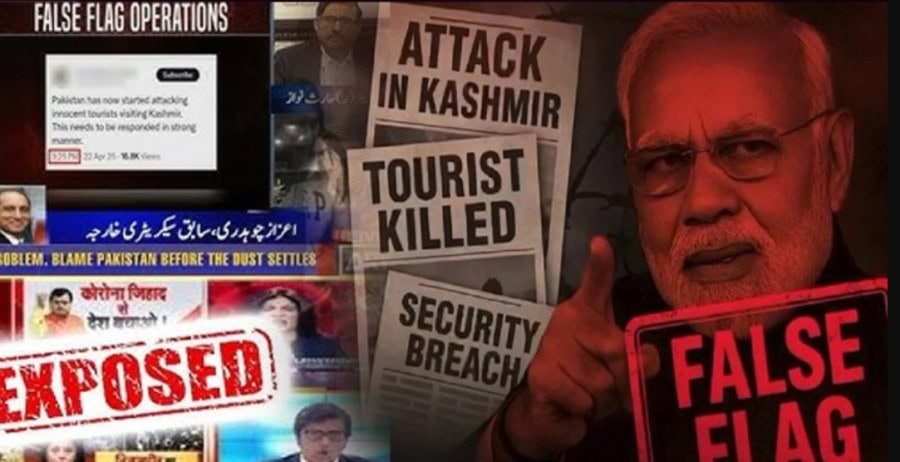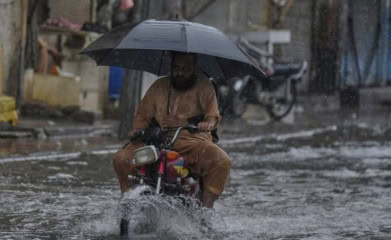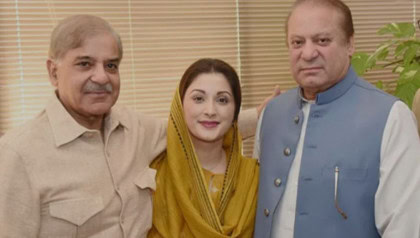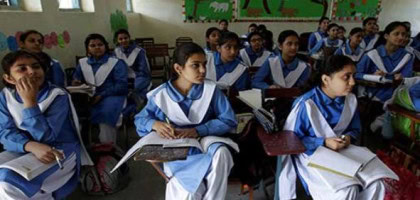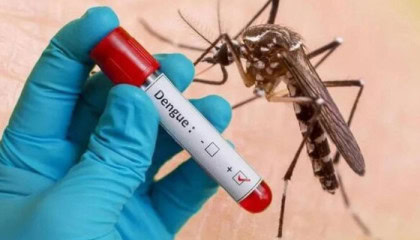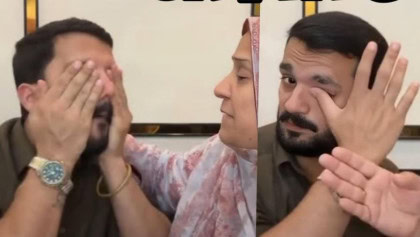ISLAMABAD – Pakistan assembled irrefutable evidence revealing that the recent tragic incident at Pahalgam inside Indian Illegally Occupied Jammu & Kashmir (IIOJ&K) was a stage-managed false flag operation, designed to falsely implicate Pakistan, incite communal discord, and manipulate public sentiment — a longstanding tactic employed by Indian authorities.
Key Evidence and Contradictions Include
– FIR Timeline Impossibility: The First Information Report (FIR) confirms that firing continued until 2:20 PM, yet the FIR was astonishingly registered just 10 minutes later at 2:30 PM — at a police station located 6 kilometers from the incident site. This defies logic and exposes clear premeditation.
– Media Fabrications Exposed: Indian media prematurely declared an Indian Naval officer and his wife among the dead. However, in a stunning reversal, the officer’s wife appeared on Indian television confirming she was alive — starkly exposing the manufactured narrative.
– Absence of Ground Evidence: No credible footage or images showed any blood, bodies, or injured individuals at the supposed scene — a major red flag in an alleged mass shooting.
– Deliberate Security Withdrawal: Despite the presence of over 2,000 tourists, Indian security forces were inexplicably withdrawn (which was earlier provided for a private function) from the area before the attack — raising serious suspicions of state complicity or orchestration.
– Geographical Implausibility: The site of the alleged attack was over 400 kilometers from the Line of Control (LoC), making claims of cross-border infiltration by Pakistani elements logistically impossible.
False Religious Profiling Narrative Debunked:
- Indian media claimed the attackers verified the religion of victims before opening fire. However, the FIR records the attack lasted just 30 minutes (1:50–2:20 PM). It is logistically impossible to identify the faith of 43 individuals (26 killed, 17 injured) under fire in such a short time of 30 minutes.
- Moreover, Muslim names are also listed among the dead, clearly debunking the communal profiling narrative aggressively pushed by Indian media.
Historical Pattern of State-Engineered Violence
India has a long and well-documented history of orchestrating false flag operations and minority-targeted massacres to deflect global scrutiny and generate domestic support for ultra-nationalist agendas.
One of the most glaring examples is the Chattisinghpora Massacre
– On March 20, 2000, during the official visit of U.S. President Bill Clinton, 38 innocent Sikhs were gunned down in cold blood in the village of Chattisinghpora, Kashmir. While Indian authorities immediately blamed “Kashmiri militants,” multiple international voices and investigations pointed directly at Indian agencies.
– President Bill Clinton himself acknowledged this in a note reproduced in former U.S. Secretary of State Madeleine Albright’s memoir, ‘The Mighty and the Almighty’, where he stated:
“During my visit to India in 2000, some Hindu militants decided to vent their outrage by murdering 38 Sikhs in cold blood. If I hadn’t made the trip the victims would probably still be alive. If I hadn’t made the trip because I feared what militants might do, I couldn’t have done my job as President of the United States.”
– Furthermore, on June 6, 2006, Hon. Edolphus Towns, Member of the U.S. House of Representatives (New York), stated on the Congressional Record:
“President Clinton places the blame squarely on Hindu militants, not the so-called Kashmiri Muslims the Indian government tried to blame… In 2002, the Washington Times reported that the government finally admitted the evidence it used to pin the blame was false. Reporter Barry Bearak of the New York Times also placed the blame squarely on the Indian government.”
“The massacre was part of a pattern of repression of minorities that has brought about the murders of over 250,000 Sikhs, more than 300,000 Christians in Nagaland alone, over 90,000 Muslims in Kashmir, as well as tens of thousands of Assamese, Bodos, Dalits, Manipuris, Tamils, and other minorities.”
Background
– On March 20, 2000, during U.S. President Bill Clinton’s visit to India, 38 Sikh men were massacred in Chattisinghpora village, in Indian-occupied Kashmir.
– The Indian government immediately blamed “Pakistani-backed militants”.
– However, serious doubts were raised internationally and domestically about India’s claim — especially because the killings happened right during Clinton’s visit, attracting global attention.
What the Indian Government Did Afterwards
– Five men were killed by the Indian Army shortly after the massacre, claiming they were “the terrorists” responsible for the killings. This was the Pathribal encounter.
– Local villagers protested, saying the men were innocent civilians.
A demand grew for an investigation, especially after mass protests and the killing of several protestors by Indian forces at Barakpora.
Findings of the Indian Inquiry
– DNA Tests were ordered to confirm the identity of the Pathribal victims.
– It was discovered that Indian authorities had tampered with the DNA samples to cover up the killings.
– The DNA samples of the killed men did not match their supposed relatives.
– The samples were *faked* using blood from women (relatives) instead of the dead men.
– Central Bureau of Investigation (CBI) Inquiry (2006):
– The CBI, India’s top investigative agency, concluded that the Pathribal encounter was “cold-blooded murder”.
– It charged five Indian Army officers with killing civilians and falsely framing them as militants.
Court Proceedings and Final Decision
– However, in 2014, a military court (Army Court Martial) closed the case.
– The Army ruled that no one would be punished, claiming there was “no sufficient evidence”to proceed against the accused officers.
– Thus, no one was ever held accountable — neither for the massacre of Sikhs at Chattisinghpora nor for the fake encounter killings at Pathribal.
Key Points to Remember
– No real investigation into who actually killed the Sikhs at Chattisinghpora.
– Indian Army officers, despite the CBI’s findings, were acquitted without trial.
– DNA tampering proved that Indian authorities tried to cover up the real killers.
– International observers, including human rights organizations, have repeatedly cited Chattisinghpora as an example of state-sponsored atrocities and false flag operations.
Summary
| Incident | Finding | Outcome |
| Chattisinghpora Massacre (38 Sikhs killed) | No credible evidence of Pakistani involvement. Strong suspicion of Indian agencies’ role. | No investigation pursued seriously. |
| Pathribal Fake Encounter (5 civilians killed) | CBI confirmed it was cold-blooded murder and fake encounter. | Army closed the case. No punishment. |
Strategic Action Required
In light of this extensive pattern and the newly uncovered evidence, Pakistan must immediately present a comprehensive dossier to all permanent and non-permanent members of the United Nations Security Council, as well as international human rights organizations, major media outlets, and global stakeholders.
This will not only preempt any further baseless Indian escalation, but also firmly expose India’s pattern of manufactured provocations and communal deceit before the international community.
Conclusion
Pakistan remains committed to peace, regional stability, and truth. However, it will not allow fabricated incidents to be used as political weapons against its sovereignty. The world must not remain silent in the face of India’s dangerous strategy of deception, which has historically endangered regional peace, minority lives, and global credibility.
Article By: Syed Nayyar Uddin Ahmad
Nayyar Uddin is a senior corporate leader and strategic analyst, known for his visionary insights that have reshaped global discourse. His thought-provoking writings have captured the attention of world leaders and policymakers, influencing foreign policies in the United States and other major powers. With a profound understanding of international affairs and strategy, his analyses continue to leave a lasting impact on global decision-making.
You can contact the writer at nayyarahmad51@gmail.com.

